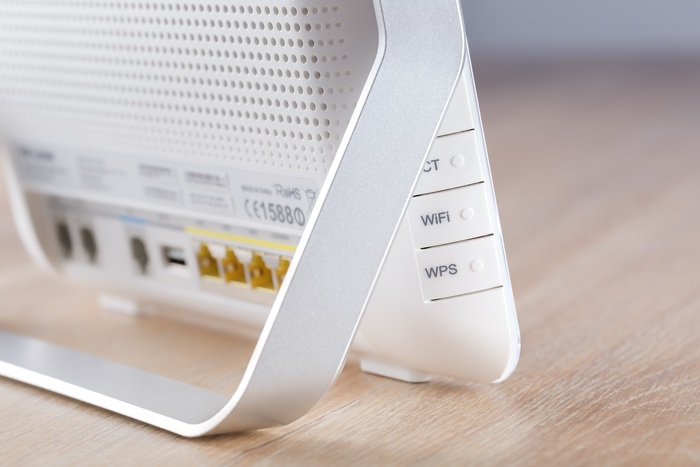How should you Place the Wi-Fi Modem for Best Network Coverage?
September 12, 2018

Wireless modems work on radio waves using the 2.4g Hz slice of the electromagnetic spectrum. And regardless of what brand of Wi-Fi modem you use, where you place it, is what really matters. The placement impacts the quality of your connection throughout your home. As the modem emits signals in all directions, you need to ensure that your modem isn’t next to a wall. Brick and cement walls tend to slow down the transmission of signals leading to those nail-biting moments as you wait for the site to load.
The further away your modem is from your device, the weaker the signal. Hence placing the modem in a central location would ensure the best connectivity. The signal strength depends on a number of factors including your home’s design, your modem, your ISP and various other household things that can interfere with signal transmission.
Here are some placement tips for optimal signals from your modem:
Central location
Since there is no end to the number of mobile gadgets that can be connected to the wireless modem, its location becomes key to optimal signal transmission. You could always get an extension Ethernet cable if it’s a limiting factor. And if that’s not possible, wall mounting your modem is another great option. If it’s a double-storey house, then try placing it on the second floor as radio waves tend to spread downwards, not upwards.
Remove obstacles
While radio waves travel through walls, a significantly weaker signal is received on the other side of brick walls as they tend to absorb part of it. The water in your large fish tank works in the same way by creating resistance for the signals. Metals and mirrors also tend to deflect signals so you need to be careful about your modem’s location.
Kitchen troubles
The kitchen is a hotspot for radio wave interference as appliances like the microwave work at the same radio frequency as the modem. When operating the microwave, it interferes with your Wi-Fi signals. Similarly, metal objects like the fridge, stove and other appliances absorb the Wi-Fi signals too. Even cordless phones work at the same frequency as modems and can interfere with its function. Unless needed, keep baby monitors, motion sensors, Bluetooth devices, etc, should be kept switched off.
Signal repeaters
If there are too many obstructions in your home, investing in signal repeaters might save you a lot of gnashing of teeth. These smaller features can be placed in strategic locations in your home to ensure strong Wi-Fi signals throughout.

